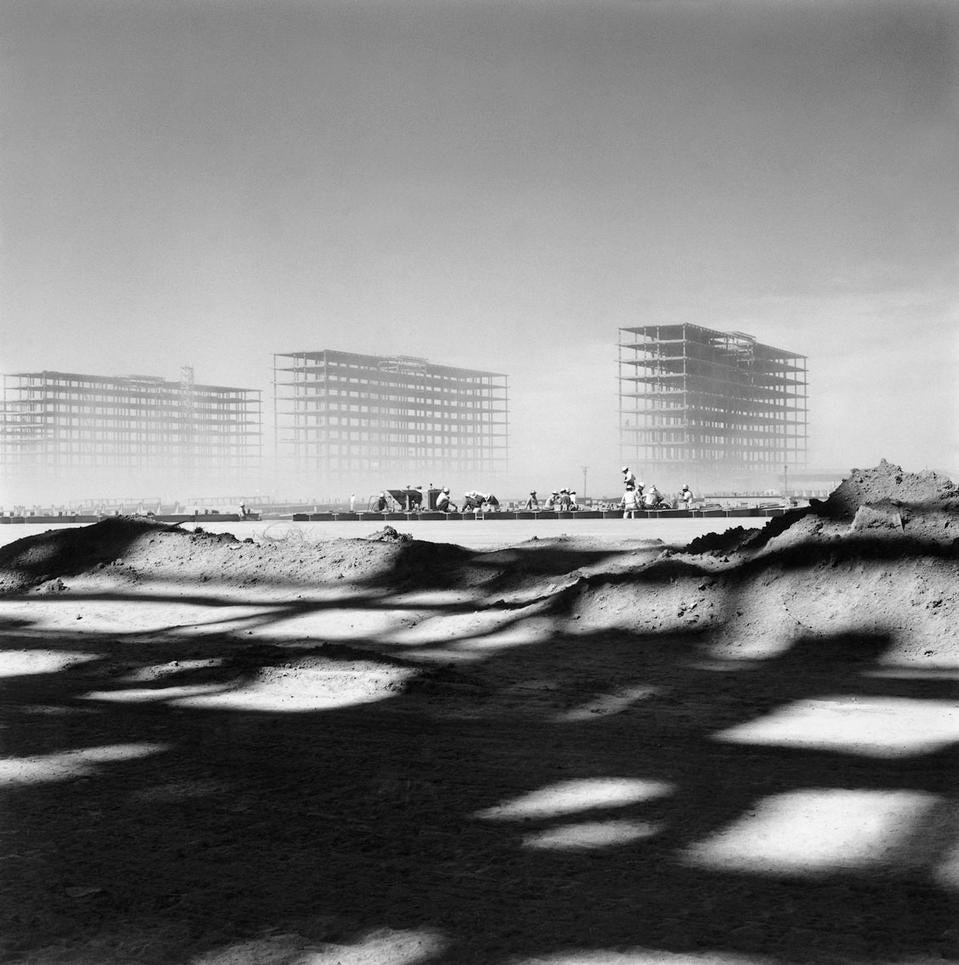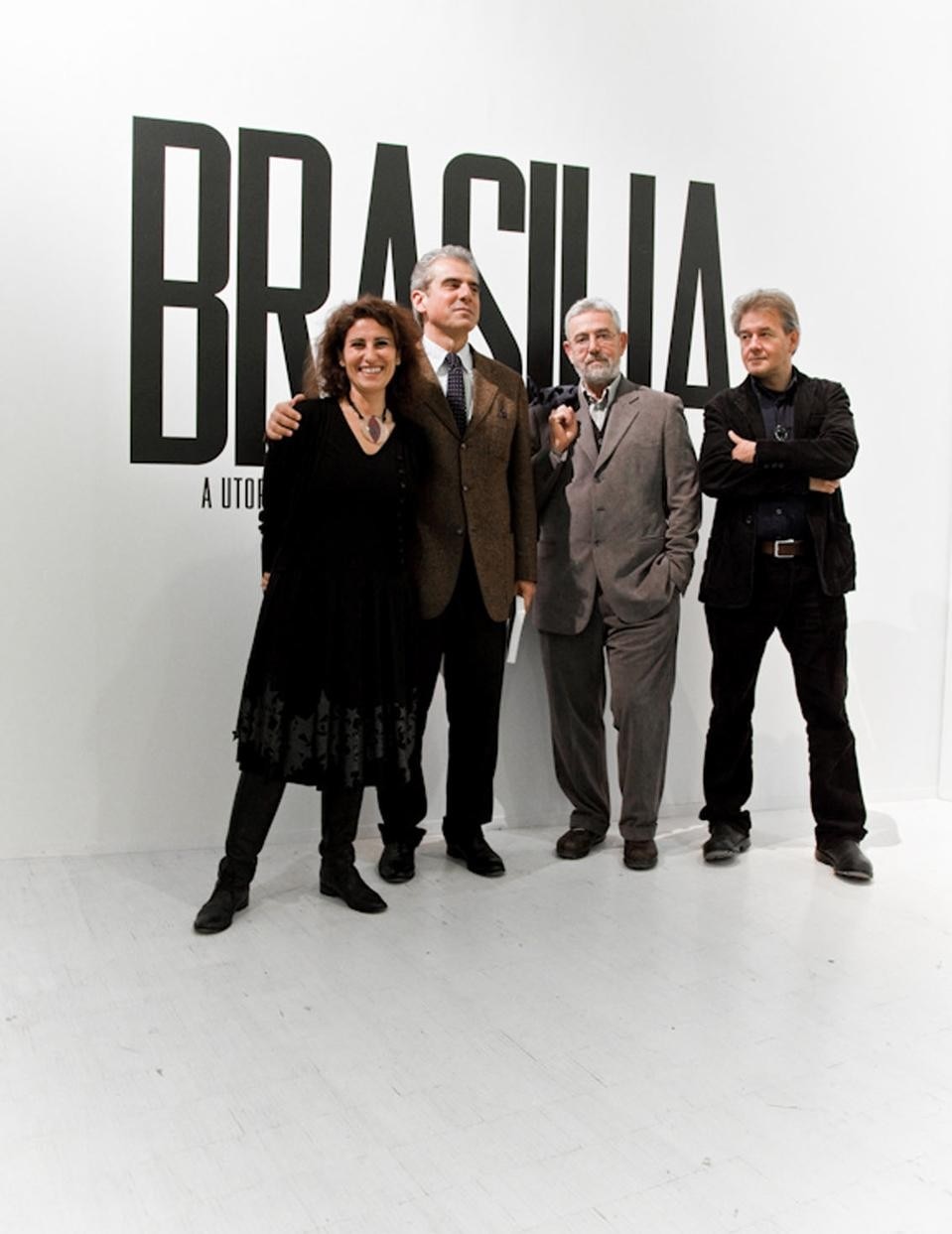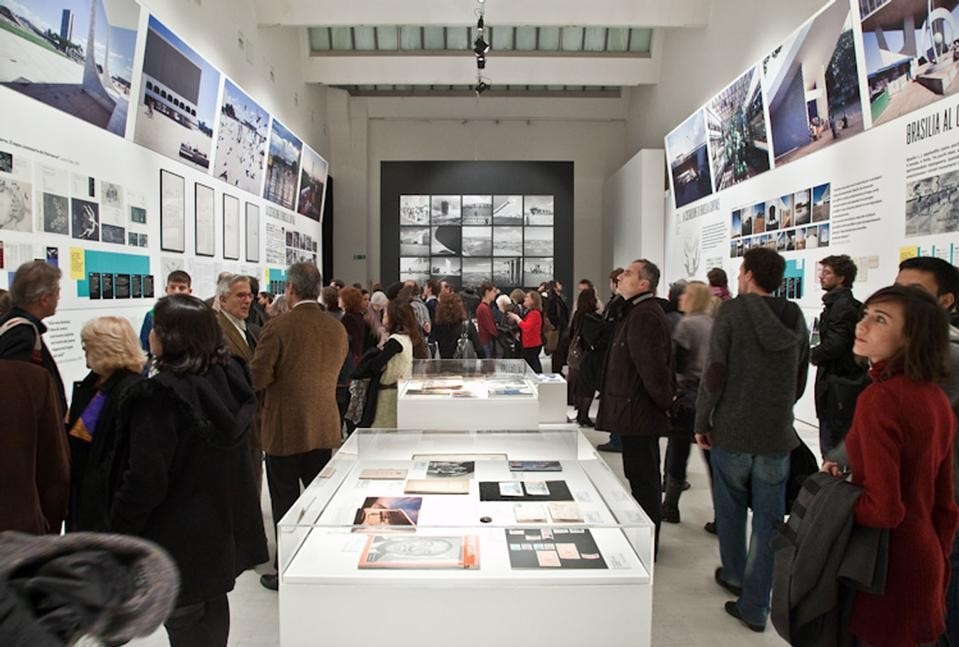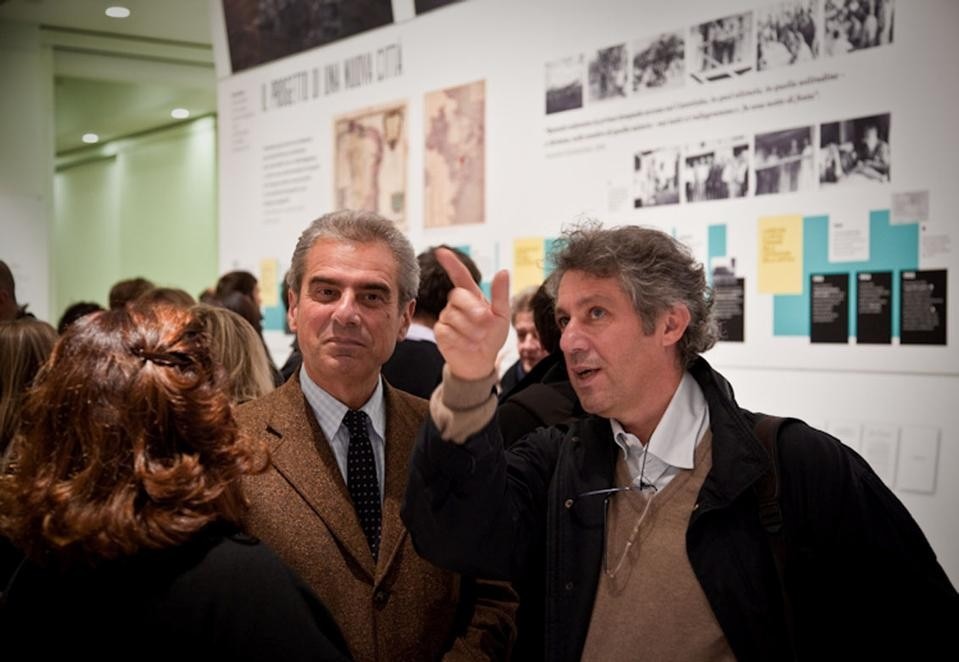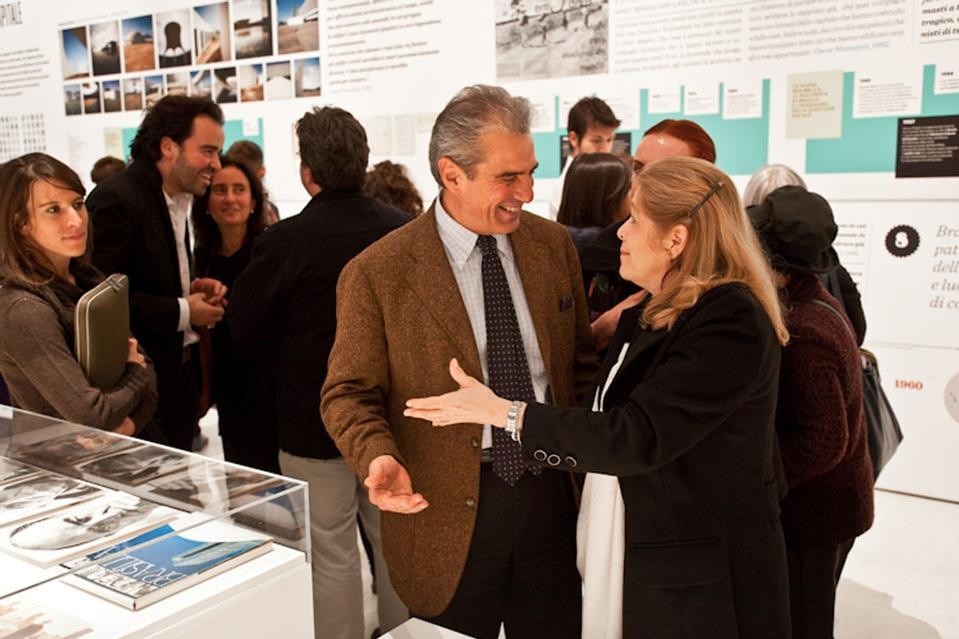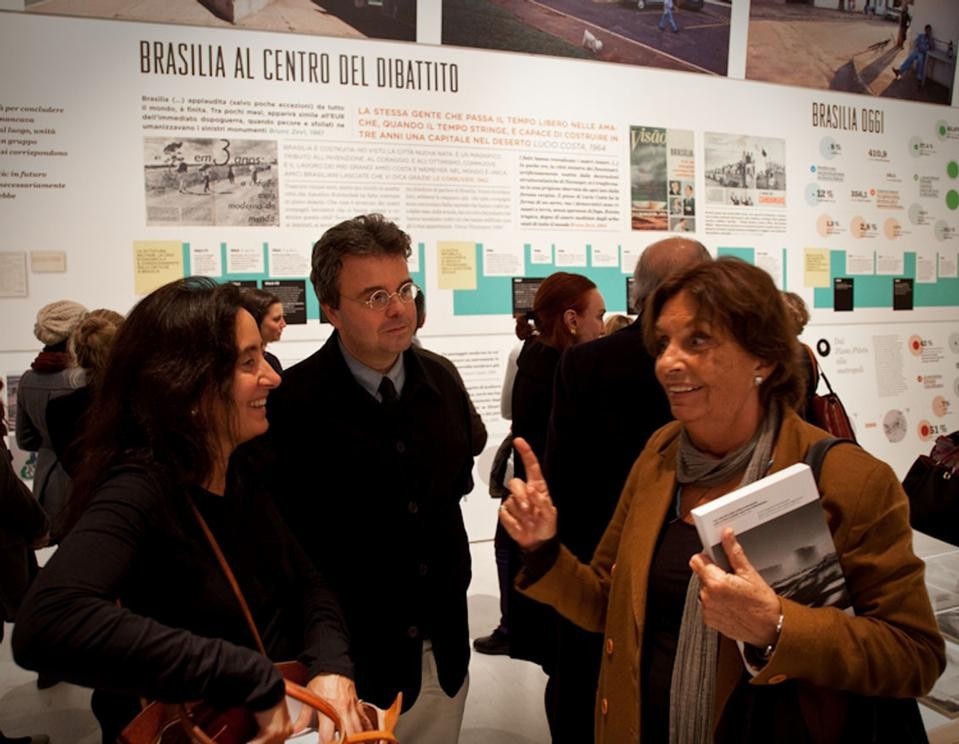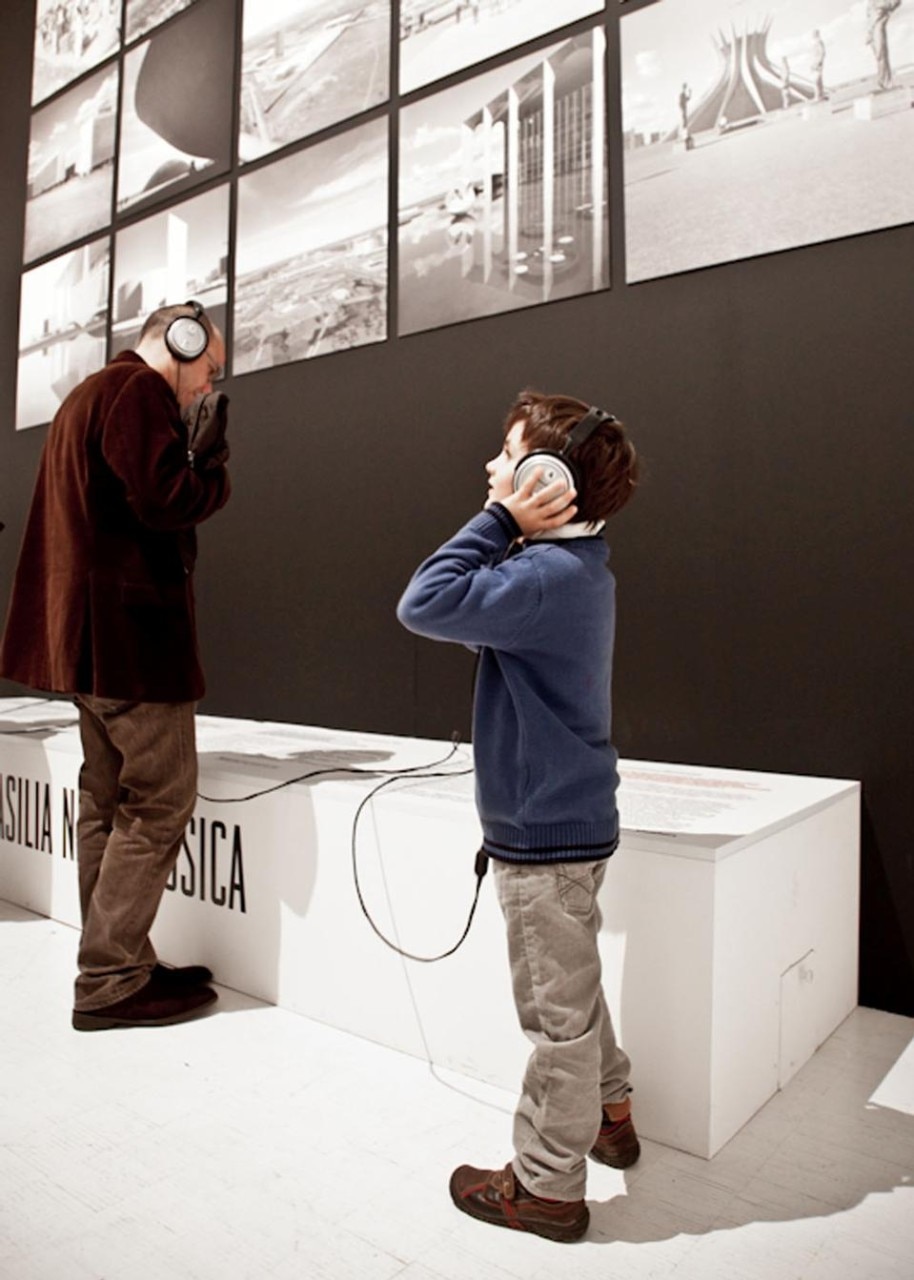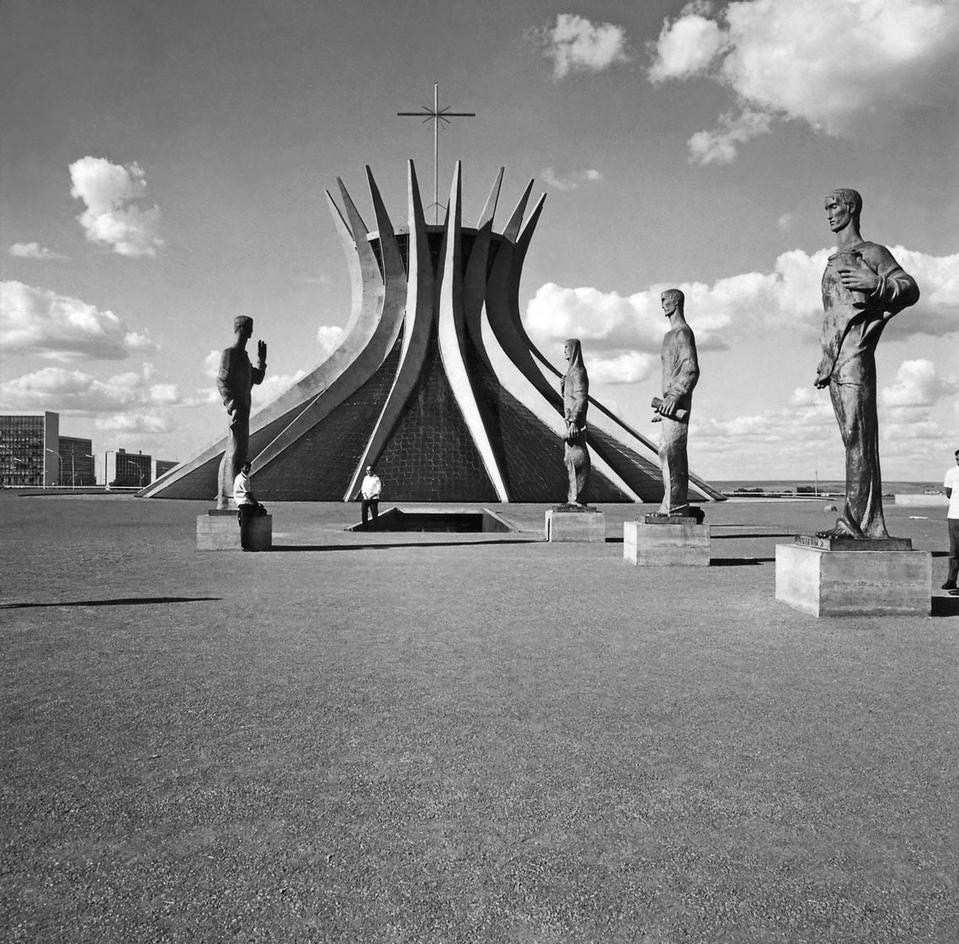Curated by Alessandro Balducci, Antonella Bruzzese, Remo Dorigati and Luigi Spinelli, the exhibit has the merit of clarity and synthesis, offering visitors - who do not necessarily belong to architecture circles - the tools for reconstructing a collective movement that was able to construct a new capital from scratch in just three years. It is a story that had dire consequences for Brazil's economy causing intense inflation and which should be of concern to the citizens of Milan who are about to host the EXPO in 2015.
The history of Brazil cannot be understood without understanding the motto on Brazil's green and gold flag: "Ordem e Progresso" (Order and Progress). It may seem completely antithetical to the stereotype that we ascribe to this country, but it was precisely the stubborn will to secure for everyone - from the heirs of European colonialists to the descendants of African slaves - a common feeling of modernity that was born from the idea of a new capital. To Italians and Europeans, it may seem surreal but, of course, we do not have the tools to understand the psychology of President Juscelino Kubitschek de Oliveira - born in 1902 in Diamantina, a village in the Minas Gerais state - who decided to offer hope for a better and shared future in an unprecedented gesture: he drew a cross-shaped sign in the red earth on a plateau in the Goias State - the center of the Plano Piloto authored by Lúcio Costa.
With exhibit design by 46XY (name in art of architect and designer Mario Piazza), the show is organized in four horizontal sequences that narrate, from the bottom up starting from 1763, the evolution of Brasilia in parallel with the most salient events in Brazil's history (among which, the curators do not forget to represent the nation's five World Cup victories) with a series of historical documents, letters, drawings, period photographs that refer more closely to the work of Lúcio Costa, Oscar Niemeyer and Roberto Burle Marx - the marvelous landscape designer from Rio de Janeiro who designed, among others, the gardens of the Ministry of the Army and the Itamaraty Palace, but strangely enough, is never cited by Niemeyer in his autobiography The Curves of Time (Phaidon).
The exhibit walls, displaying very little original material, are covered with a giant wall-paper that mixes drawings, citations and photos within a clear hierarchy. Above contemporary Brasilia is seen through the lens of Dutch photographer Iwan Baan; images from the book Brasilia-Chandigarh. Living with Modernity (Lars Müller Publishers) portray a luminous city, where social contrasts are flanked by the intensity with which, notwithstanding everything, Brazilians have always lived. And if Brazil will host the 2014 World Cup and Rio de Janeiro will be the first South American city to host the Olympics (2016), the merit, perhaps, should be given to the visionaries who built Brasilia in just three years. We will see Milan put to the test.
